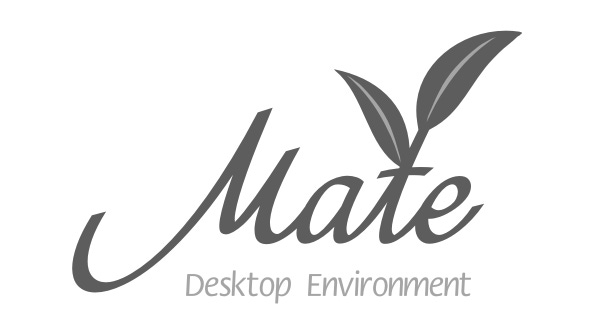The MATE Desktop Environment, which began as an effort to save GNOME 2 from oblivion, continues to evolve. Now, the open source interface for Linux operating systems is adding novel features of its own, a sign that it has come far since its humble beginnings.

The MATE Desktop Environment, which began as an effort to save GNOME 2 from oblivion, continues to evolve. Now, the open source interface for Linux operating systems is adding novel features of its own, a sign that it has come far since its humble beginnings.
When a lone developer launched MATE as a fork of GNOME 2 in 2011, the project’s prospects seemed pretty uncertain. Although plenty of other Linux users at the time were upset with the GNOME project’s decision to discontinue the popular GNOME 2 platform in favor of GNOME 3, MATE had a high hill to climb to gain enough momentum to keep the GNOME 2 experience alive.
Four years later, however, MATE not only survives, but has matured into a major open source interface that is now implementing original features, rather than merely preserving those that existed in GNOME 2.
Clément Lefebvre, lead developer of Linux Mint—a popular desktop Linux distribution available in a MATE-based flavor—recently announced several feature updates to MATE:
In the display settings dialog box, users can choose to set a primary display, making it easier to work with multiple monitors.
The display settings dialog now identifies existing displays more clearly, helping users to configure the behavior of each screen.
The graphical interface for managing power settings displays vendor-specific information about batteries.
MATE’s Unlikely Fate
To be sure, none of these changes represents a monumental update. But MATE doesn’t have to do marvelous things to be remarkable. It’s noteworthy enough that the project has managed to remain active enough to be implementing new software features—modest though they may be—years after it began.
That MATE thrives today is also a testament to enduring demand within the open source world for traditional desktop interfaces. GNOME 2 provided a basic but elegant interface familiar to anyone who had used Windows or other popular proprietary operating systems in the 1990s and 2000s. In contrast, GNOME 3 introduced radical new modes of interaction with the computer, which proved unpopular with some users. The fact that Canonical introduced its own interface, Unity, into Ubuntu Linux around the same time exacerbated Linux fans’ discontent, while also highlighting how much open source developers believed the community was ready to move on from basic, GNOME 2-style interfaces.
Today, however, it’s clear that those forward-thinking developers—for all that they succeeded in introducing innovative interface features to open source desktops that appealed to certain users—did not meet the needs of all Linux fans. If they had, MATE would not thrive today. (Neither would GNOME Classic, another effort to keep GNOME 2 alive.) But it does, attesting to just how far Linux and open source users will go to assure access to their software of choice, rather than what developers think they should use.
About the Author(s)
You May Also Like


